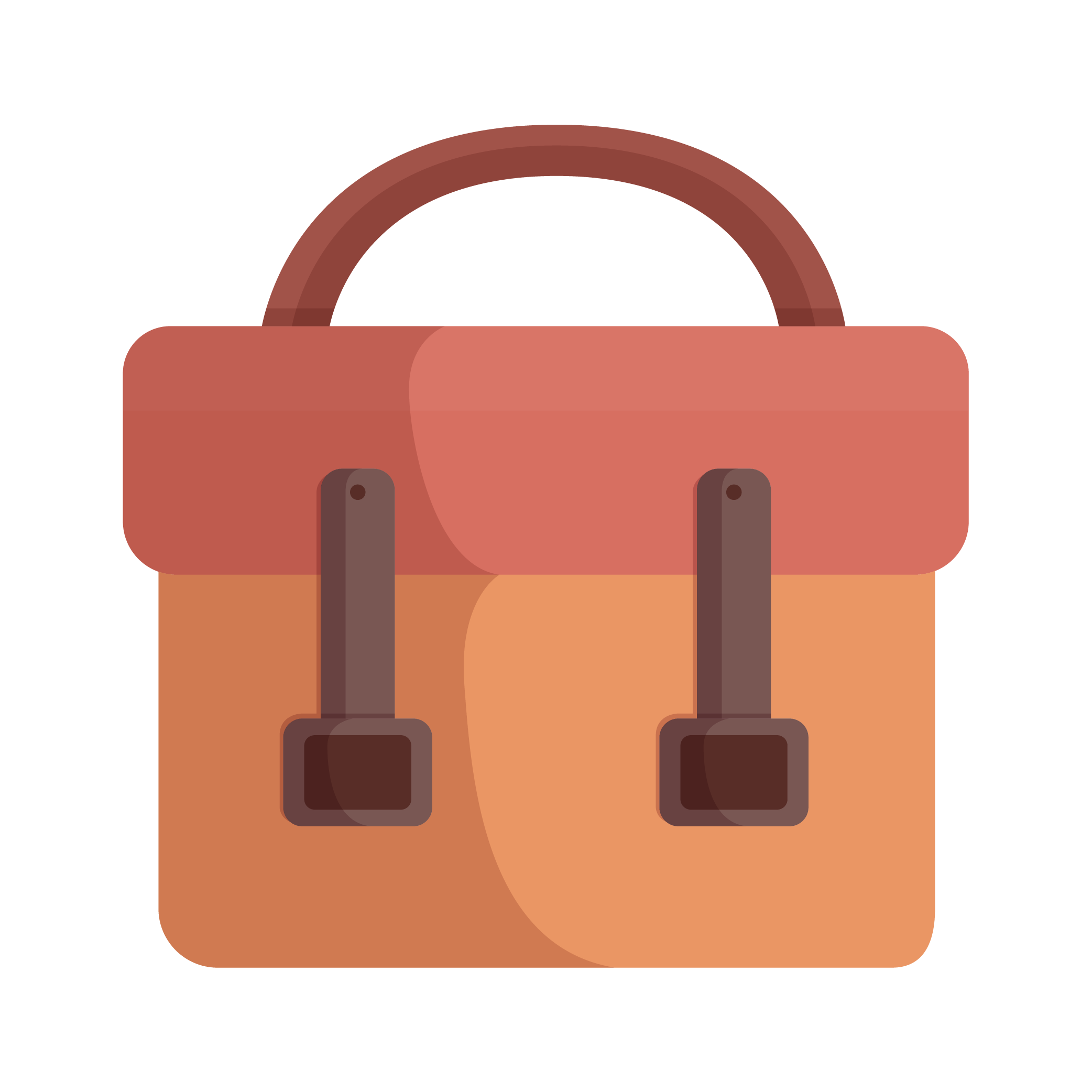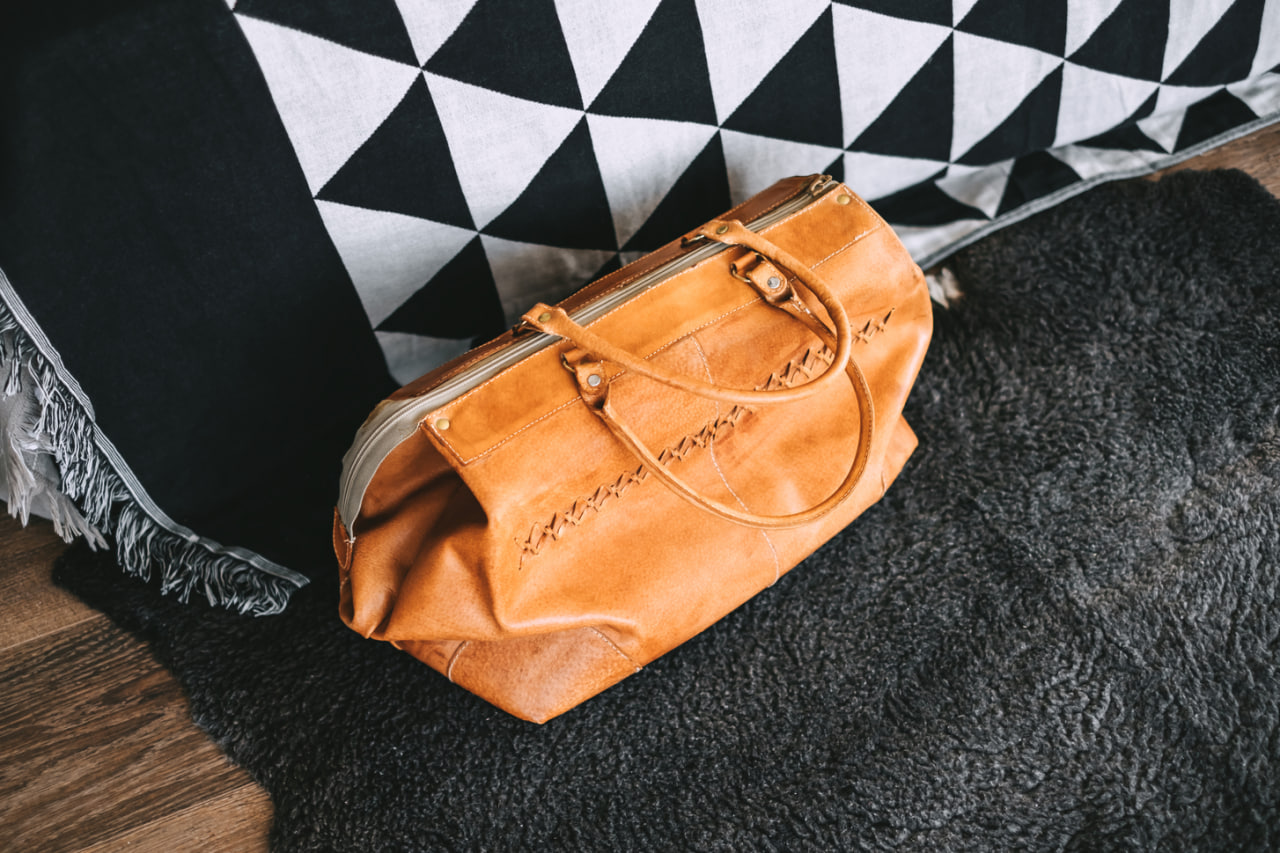Essential Tools and Materials for Starting Your Own Bag Making Business
Starting your own bag making business is an exciting journey that combines creativity, craftsmanship, and entrepreneurship. Whether you aim to create bespoke leather bags, trendy fabric totes, or artisanal backpacks, having the right tools and materials is crucial to producing high-quality products and running an efficient operation. This blog will guide you through the essential equipment and supplies needed to kickstart your bag making business and set yourself up for success.
The Importance of Quality Tools and Materials
Investing in quality tools and materials from the beginning saves time, reduces frustration, and ensures the durability and appeal of your bags. While it might be tempting to cut costs by purchasing cheaper supplies, poor-quality tools can lead to inconsistent results, damage materials, and slow down production. Choosing the right equipment will improve your workflow and help you build a reputation for excellence.
Basic Tools Every Bag Maker Needs
Starting with a solid toolkit is key. Here are the fundamental tools that every bag maker should have:
- Cutting Tools: A sharp rotary cutter and heavy-duty scissors are essential for cutting leather, fabric, and interfacing cleanly and precisely.
- Measuring Tools: A clear ruler, tape measure, and square help ensure accurate measurements and straight lines.
- Marking Tools: Chalk, fabric pens, or awls allow you to mark stitching lines, cutting edges, and placement points without damaging materials.
- Needles: Both hand sewing needles (such as harness needles) and machine needles designed for leather or thick fabrics are necessary.
- Thread: Durable waxed polyester or nylon thread is ideal for hand stitching, while high-quality polyester thread works well in machines.
- Stitching Tools: A pricking iron or stitching chisel creates evenly spaced holes for hand stitching, ensuring neat and consistent seams.
- Awl: This tool helps punch holes and guide needles through tough materials.
- Cutting Mat: A self-healing cutting mat protects your work surface and prolongs blade life.
- Clamps and Clips: These hold pieces together firmly during sewing or gluing.
- Thimble or Finger Guards: Protect your fingers during hand stitching, especially with tough materials like leather.
Essential Machinery and Equipment
Depending on your production scale, some machinery may be a worthy investment:
- Sewing Machine: A heavy-duty sewing machine capable of handling thick materials like leather or multiple fabric layers is a must. Some bag makers also use specialized machines such as walking foot or cylinder arm machines for improved performance.
- Cutting Machines: For higher volume, electronic cutting machines can speed up pattern cutting with precision.
- Heat Press or Iron: Used for bonding interfacing or applying heat transfers.
- Edge Beveler and Burnisher: Tools that smooth and finish the edges of leather for a polished look.
Materials to Stock for Bag Making
Choosing the right materials impacts the style, function, and durability of your bags. Consider keeping the following on hand:
- Leather: Full-grain, top-grain, or vegetable-tanned leather are popular choices for luxury bags.
- Fabric: Canvas, denim, twill, or specialty fabrics provide versatility in style and price points.
- Interfacing and Padding: These materials add structure and shape to your bags.
- Hardware: Buckles, rivets, zippers, snaps, D-rings, and clasps are vital for function and decoration. Choose finishes that complement your design, such as brass, silver, or matte black.
- Thread and Adhesives: Strong threads and quality glues ensure secure construction.
Organization and Workspace Setup
A clean, organized workspace enhances productivity and creativity. Invest in storage solutions for your tools and materials, good lighting, and a sturdy workbench. Having dedicated areas for cutting, stitching, and finishing helps streamline your workflow.
Additional Supplies for Branding and Packaging
Beyond making the bags, consider supplies that help build your brand identity:
- Labels and Tags: Custom labels add professionalism and brand recognition.
- Packaging: Boxes, dust bags, and wrapping that reflect your brand’s style enhance customer experience.
- Marketing Materials: Business cards, brochures, or lookbooks help promote your products.
Final Tips for Starting Your Bag Making Business
- Start with a manageable range of tools and materials and expand as your business grows.
- Invest in quality tools that match your materials and production volume.
- Regularly maintain your tools to keep them in top condition.
- Take courses or workshops to improve your skills and learn efficient techniques.
- Network with other makers to exchange advice and resources.

